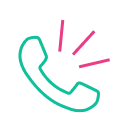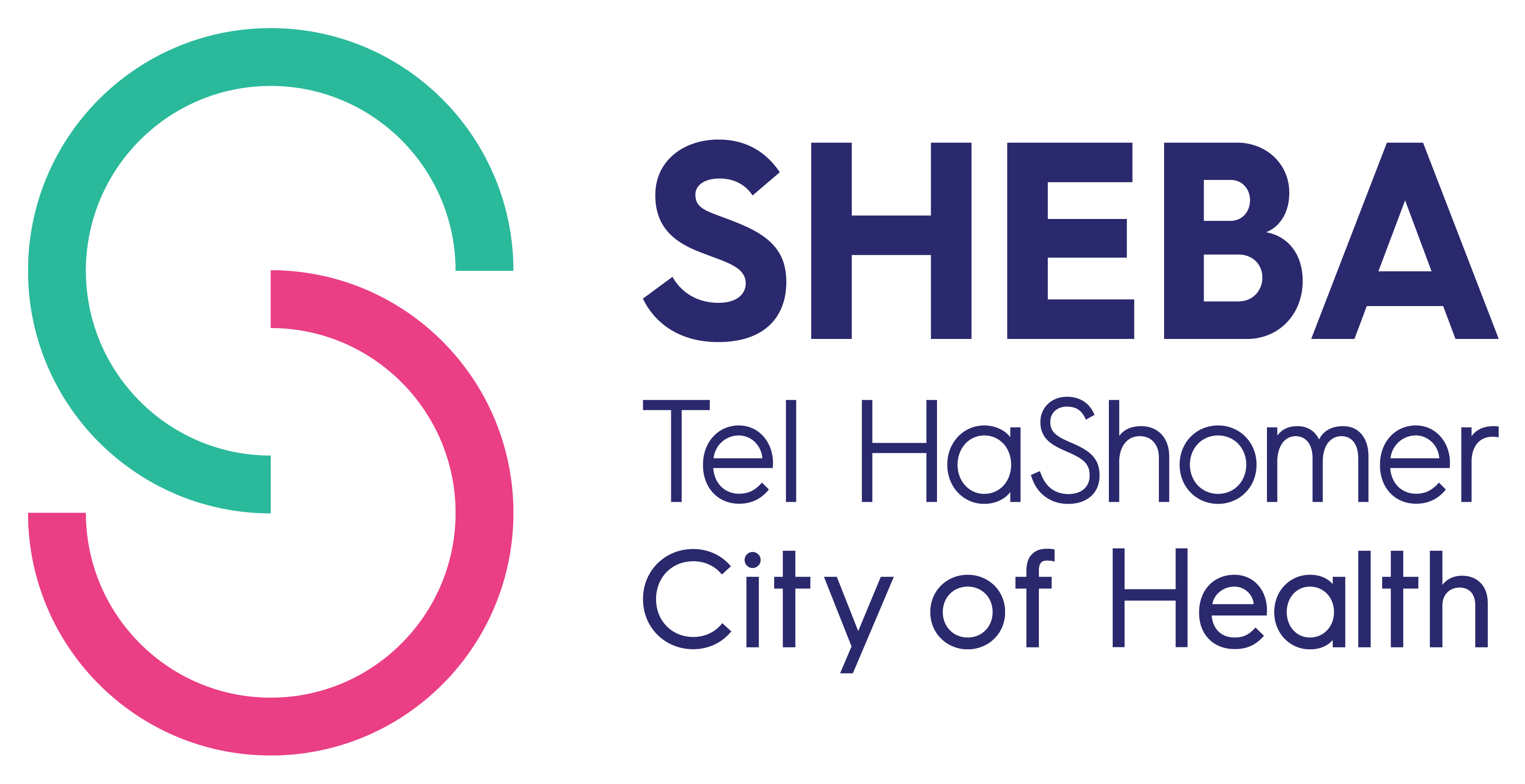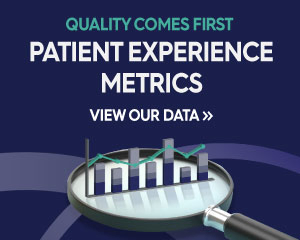Ataxia Telangiectasia (AT) Clinic
Director: Prof. Ori Efrati
Co-ordinator of National AT Center:
Dr. Yifat Srock
Clinic Secretary: Nava Gat
Contact:
Secretary's phone number: 03-5342534
Fax: 03-7363559
Operating times:
Sunday, 9:00-15:00
Other days according to specific consultation and by prior arrangement
Location:
Edmond and Lily Safra Children's Hospital, Southern Wing, 1st Floor
The Ataxia Telangiectasia Clinic is a national clinic that specializes in evaluating and treating patients with A-T. It brings together experts from various fields, including neurology, pulmonology, gastroenterology, immunology, endocrinology, and nutrition. The clinic's objectives are to provide comprehensive care for patients and their families, train and support medical teams in home settings, conduct disease research, and improve treatment methods. It also serves as a national referral center for children with A-T.
The clinic serves as a registration center for children with Ataxia Telangiectasia (A-T).
Ataxia Telangiectasia (AT) is a rare hereditary disease with a global prevalence, but it is more commonly observed within specific populations in Israel. The disease is attributed to a mutation in the ATM gene, which, when inherited from both parents, leads to the onset of the condition. Notably, there are distinct mutations observed among individuals of Jewish North African descent, Druze, Bedouin, and Arab backgrounds.
It is important to highlight that patients with AT demonstrate normal intellectual capabilities. The hallmark symptoms of the disease include:
Early onset nervous system impairment, presenting as balance disorders (ataxia) that progressively result in severe motor disabilities.
The immune system may not function properly, leading to recurring infections like respiratory infections, ear inflammations, and other related ailments.
There is an increased likelihood of developing growths, particularly sarcomas and lymphomas.
Dilated blood vessels in the eye sockets, face, and earlobes (telangiectasia) typically appear after the onset of ataxia and can help diagnose the disease.
Swallowing difficulties, growth impairments, and skin changes are also common.
Diagnosis of the disease can be done during pregnancy using chorionic villus sampling (weeks 14-11) or amniocentesis (weeks 18-16). In subsequent pregnancies of families with affected children, preimplantation genetic diagnosis (PGD) can be performed. Unfortunately, there is currently no cure for the disease. However, significant improvements can be made in both the life expectancy and quality of life of patients. For more information, visit the organization's website dedicated to fighting A-T disease.









